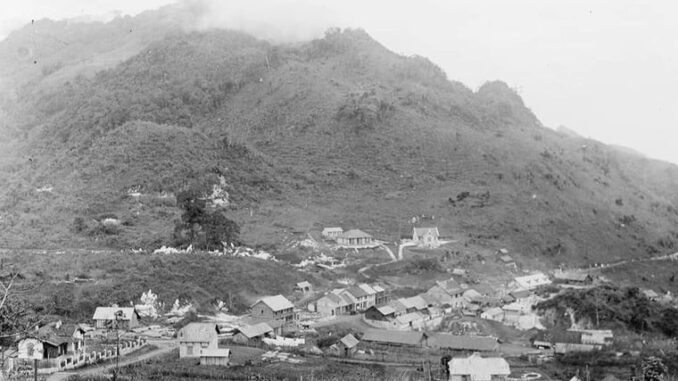
Experiencing many ups and downs of history, the high mountains of Sa Pa today are rising strongly, becoming a national tourist area attracting millions of tourists to visit and relax.
Originated from the idea of establishing a holiday station for the French in the early years of the twentieth century, at that time the Sa Pa mountain area was still a wild, remote place with no passersby, only a few ethnic minorities. minorities live.
According to Lao Cai Tourism Promotion Information Center, at the end of 1903, the expedition of the Department of Geography of Indochina, after many days of surveying, discovered the landscape of Lo Suoi Tung plateau and Sa Pa village. The delegation named Cao Cao area station Sa Pa. This is considered a landmark to form the Sapa tourist area.
Previously, locals still called this area Sa Pa, in the local language, Sa Pa means “sand beach”, but because Westerners pronounce it without accents, it’s called Sa Pa.
Realizing the beauty of the natural landscape, the fresh and cool climate, the French soon intended to build Sa Pa into a resort station. In 1905, a French survey team organized an expedition and set a landmark on the top of Fansipan. On June 2, 1909, Chief Ambassador Lao Kay (former name of Lao Cai province) submitted a proposal to the Tonkin Governor to establish an elevated sanatorium at Sa Pa station.
I would like to introduce some pictures of the Sapa tourist area in the early 20th century taken by the French and printed on old postcards and provided by the Lao Cai Provincial Museum.
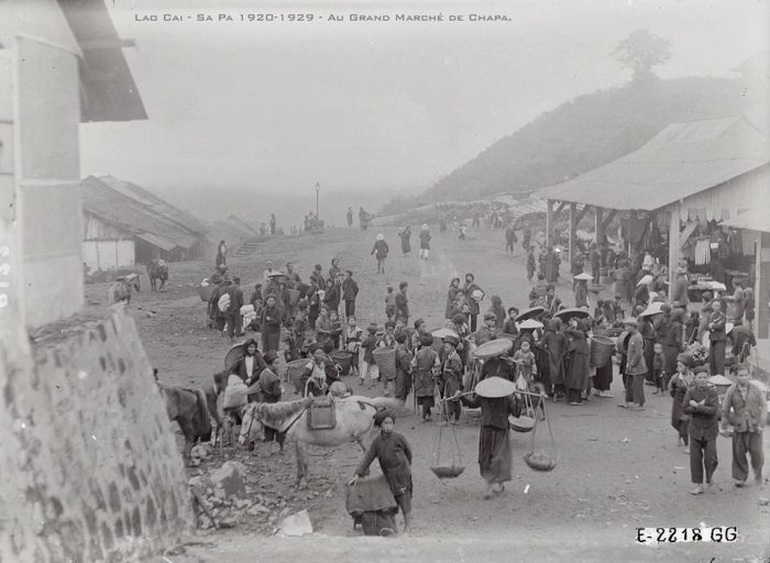

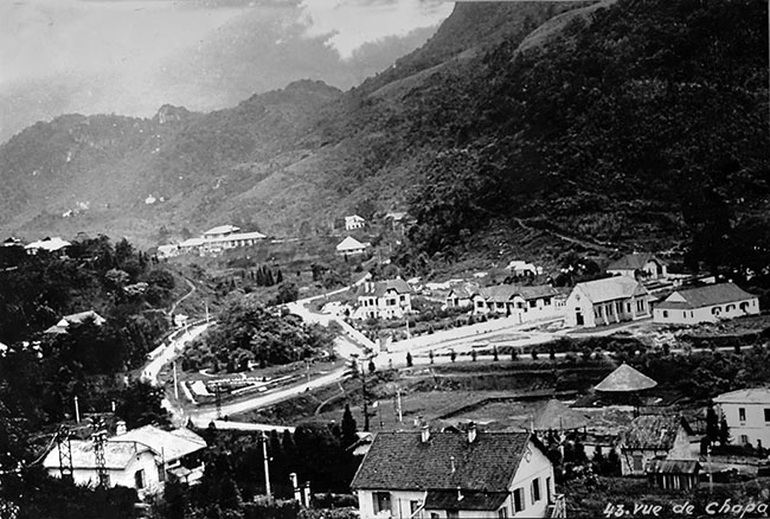
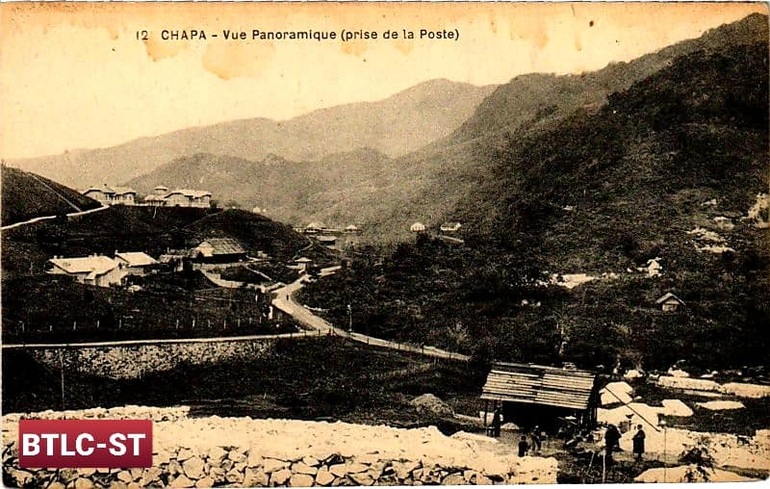
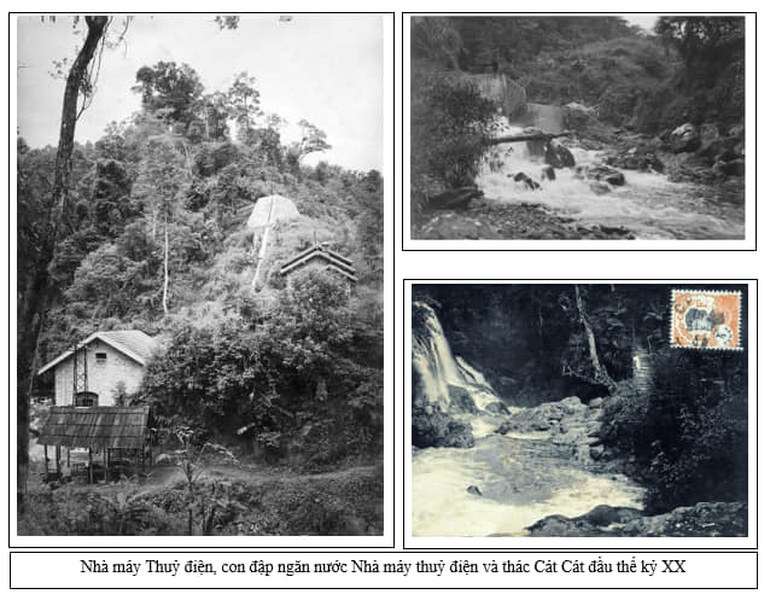
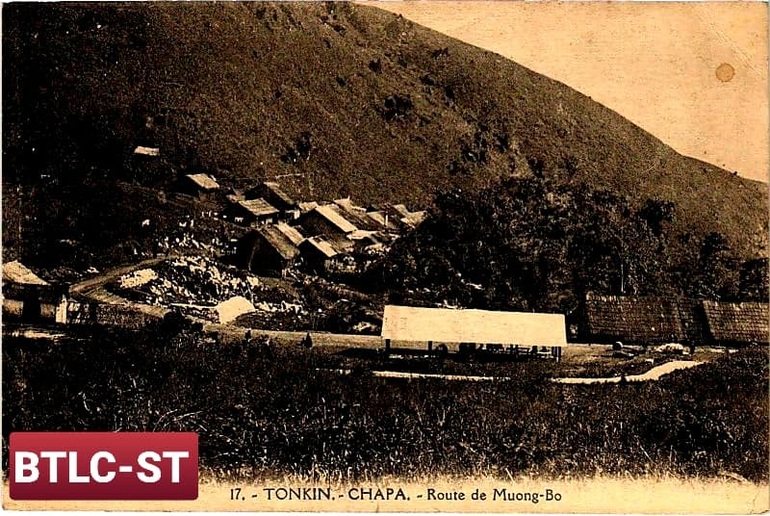

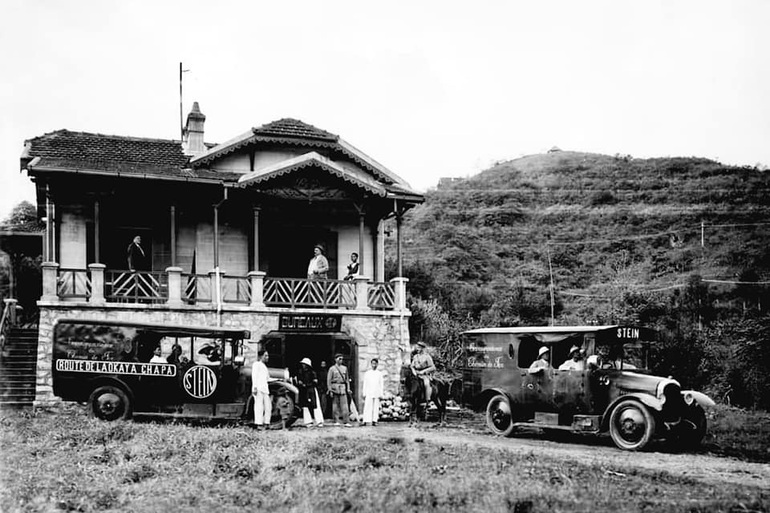
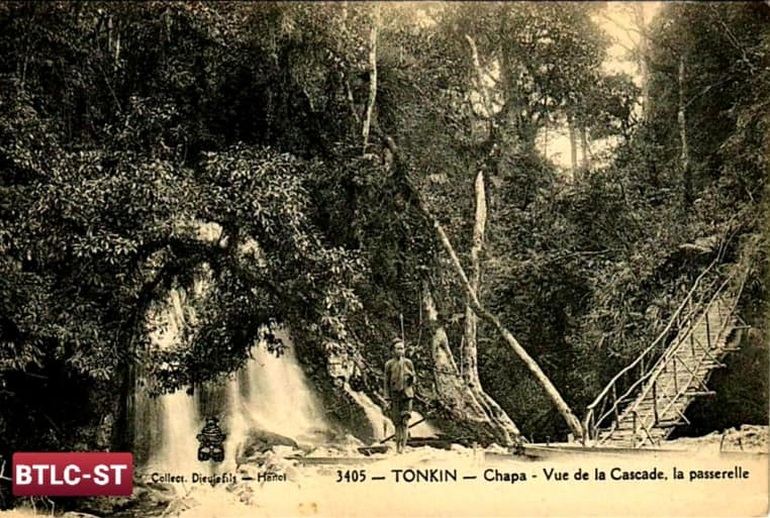

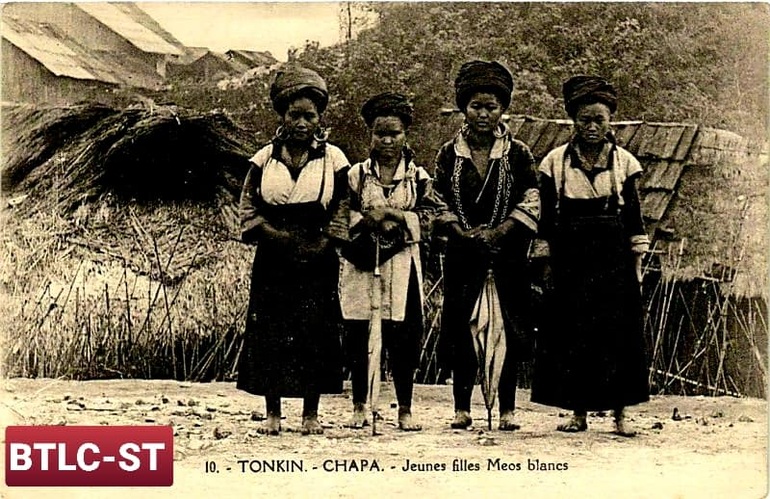

Follow (Dan Tri)
